Since so much of our business is handled through our iPhones, Julia and I upgrade with every new edition. Ninety percent of the time, we do so for the advancements with the camera. As the iPhone cameras get better, we take fewer and fewer pictures with our professional camera gear, shortening the amount of time it takes to go from initial photo capture to a usable, professional-quality photo. We now use iPhone photos on our blog, all over our Instagrams, and even on the walls of our home. Over the last three years, the advancements in iPhone cameras have been incredible. I now recommend the iPhone 11 Pro for almost everyone with a total camera budget under $3,000 and have ranked 11 reasons why below.
1. Portrait mode on the wide lens
Portrait mode was pretty cool when it was first introduced a few years ago, but I hardly used it, as it utilized the 50mm focal length. This focal length is great for headshots, but not for everyday images or what we usually shoot, which is pulled-back, full-body images. With the addition of the third camera, you can now capture in Portrait mode using the wide lens. After testing it out, Julia actually commented “We don’t need to bring our camera as many places,” which was quite the remark coming from her. I find the default setting of f/2.8 to blur the background a little too intense, so I’ll typically set it to f/4.
2. Exposures are even better with Smart HDR
For the average consumer looking to produce images closer to what the human eye sees, HDR is fantastic for improving your images with little to no work on your part. (If you don’t know what HDR is, it’s the capturing of multiple images at different lighting settings, all at the same time. The software merges the images into one to create a better-exposed image.) In my opinion, Smart HDR has been a major reason for me to recommend new iPhones over entry-level and semi-pro cameras. Properly exposing images on a camera is not easy to do–it took me a solid two years of shooting daily to feel comfortable enough with lighting and camera settings to reliably get it right every time. That learning curve got in the way of me developing the creative side of photography earlier on. The fact that Smart HDR gets better and better with each phone is a major reason to upgrade. The newest capability combines face detection with Smart HDR so that faces are better exposed.
3. Night mode
Ever heard of long exposures? The iPhone can now automatically sense low-light situations, and instead of using flash, it can take multiple-second-long exposures. On a normal camera, this would be a disaster when the camera is handheld, as the image would be blurry from camera shake. However, the Night mode photos aren’t blurry–I’m guessing due to Apple’s Image Stabilization technology. The result is pretty impressive.
4. Hold for video
Have you ever been snapping photos and then, all of a sudden, wanted to quickly switch to video to capture a cool moment? By the time you switched, the moment was probably lost. Now, you can simply hold down the shutter button and it will instantly switch to video. This has been really wonderful with our newborn.
5. Ultra Wide lens
My initial reaction to the addition of the Ultra Wide Angle camera was “Cool! But I’d never use that.” As it turns out, I have found some applications for it. It’s especially fun to use to get a wider view when capturing video. I’ve also used it for interior shots and I’m excited to see what it can do with landscape photography on our travels.
6. Photos capture outside the frame
I had no idea about this feature until I ventured into the camera settings, and now, I’m obsessed. While 90 percent of the images I take are on the standard Wide (26mm) lens, turning this feature on has the image auto-capture with the Ultra Wide too. When you go to edit the photo, you can straighten it without losing or cropping anything important out. Another use: let’s say you ask a stranger to take a picture of you, and that person has a terrible sense of composition–they crop in too far or decide you should be at the corner of the image instead of the middle. With this setting turned on, you can go back and reframe the image to hopefully salvage it. You can even have this turned on for video.
7. Selfie zoom out
When you are taking a selfie in vertical orientation, it takes a normal crop of your head, but when you rotate to horizontal, the camera automatically zooms out to capture a larger image. It’s great for including multiple people in your selfie or selfie video.
8. Hold-for-video includes the music you’re listening to on your phone
Have you ever noticed that if you’re listening to music on your phone and you try to record a video, the music will stop? However, if you’re in Photo mode, the music continues. Now that you can simply hold the shutter button in Photo mode as a quick way to capture a video, your music will continue playing as the video is rolling. This might be a bug they fix in the future, but for now, it’s a nice hack to include music in the background of your videos.
9. More robust built-in editing options
I despise editing, even our professional camera photos. Half the reason I shoot film is that I can get a distinct look to my images without having to edit them. The ability to use Auto Enhancements inside the Photos app is a great tool for the average person who is looking to improve their images just a bit, without going over the top with the edits.
10. Improved flash location
I thought the previous versions of the iPhone, with the vertical two-camera systems, were seriously flawed because the flash was located right in the middle of the two lenses. This caused a ton of issues with red-eye. With the new flash, it’s located more off-center, which should reduce red-eye, as well as add a little more depth to flash images.
11. Edit videos like you edit photos
In previous iPhones, there were lots of limitations on what we could do after a video was captured. Now, the same editing controls we have with images (cropping, adding filters, and adjusting exposure) are available for videos.





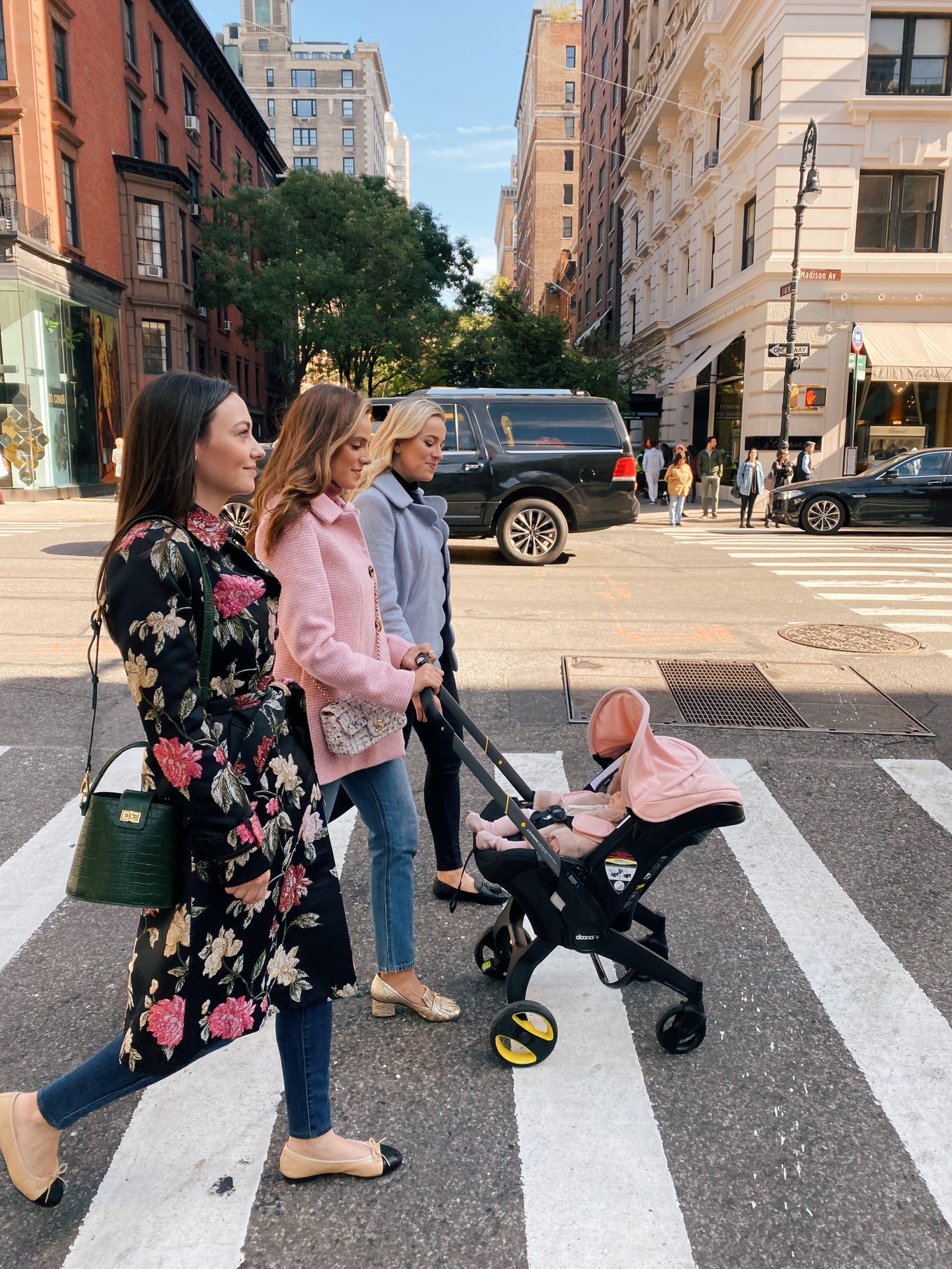





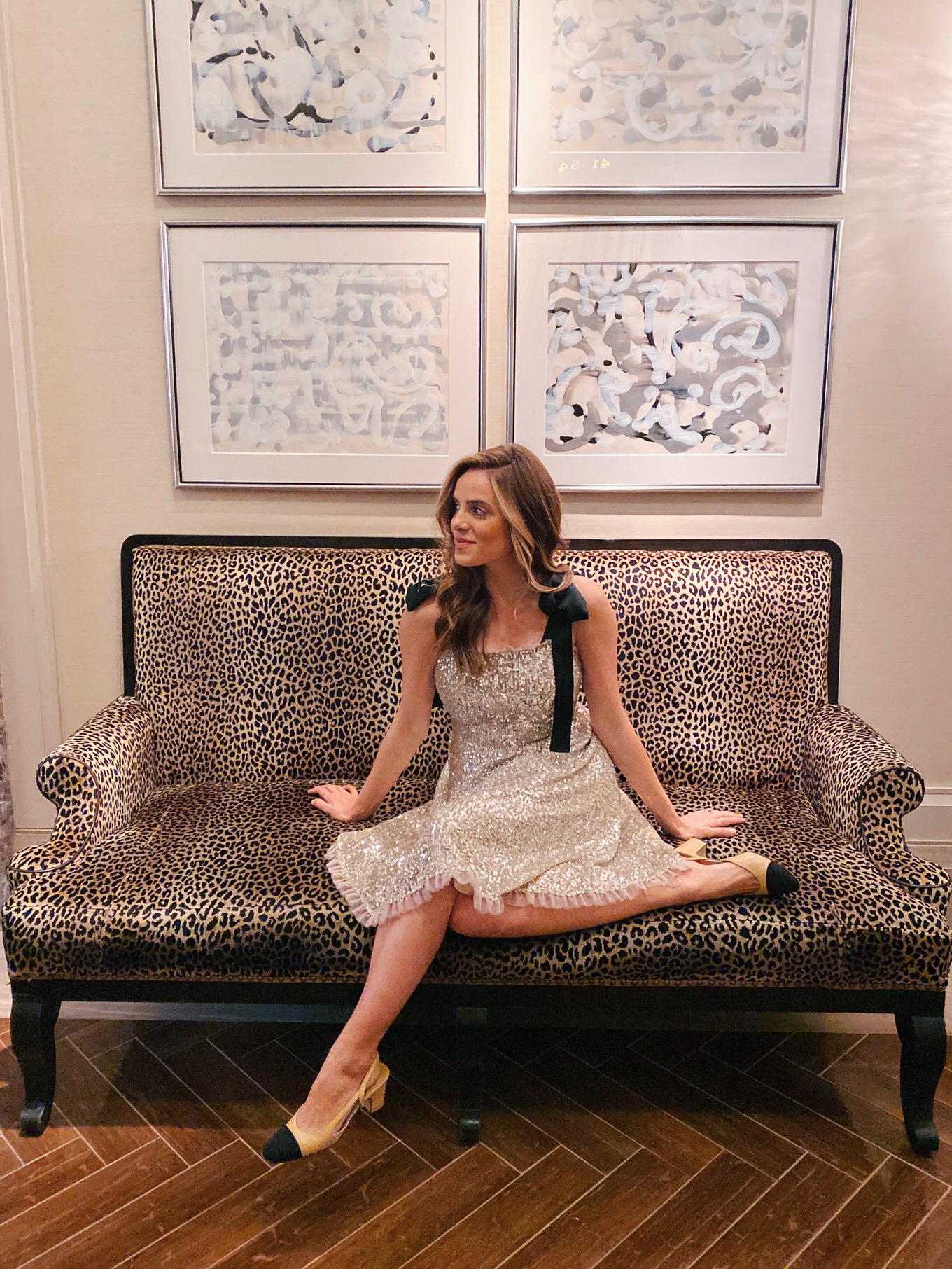

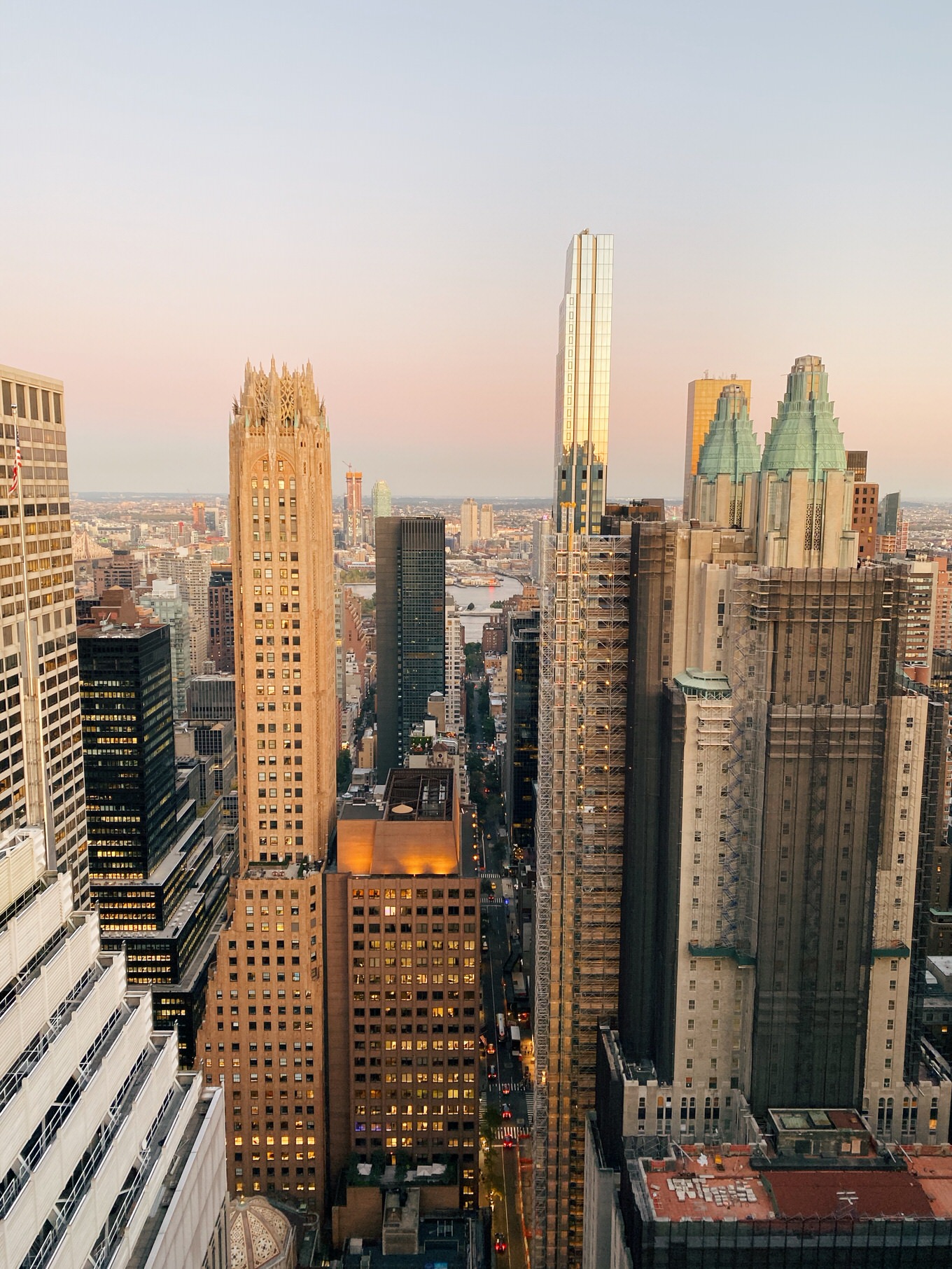

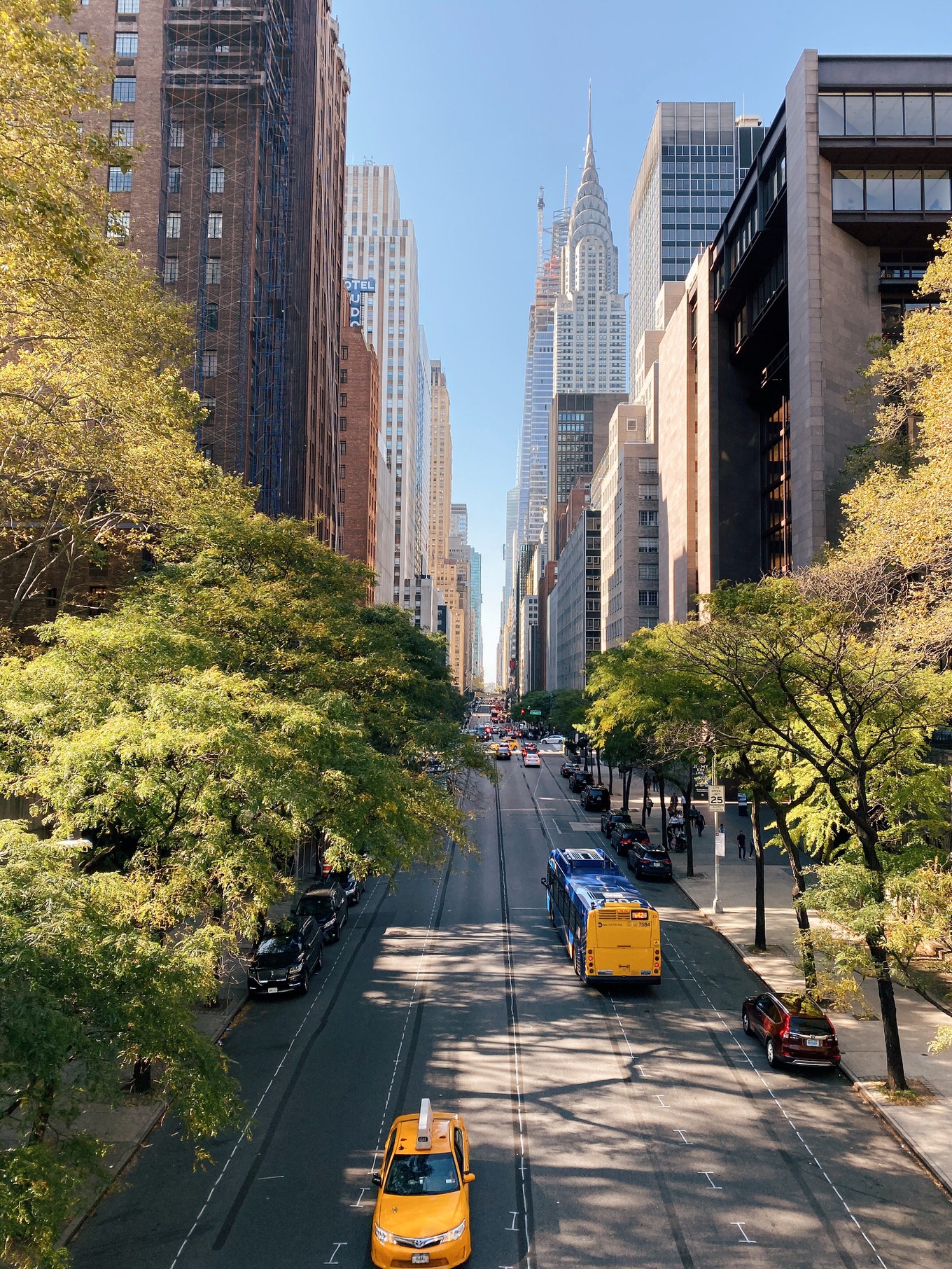
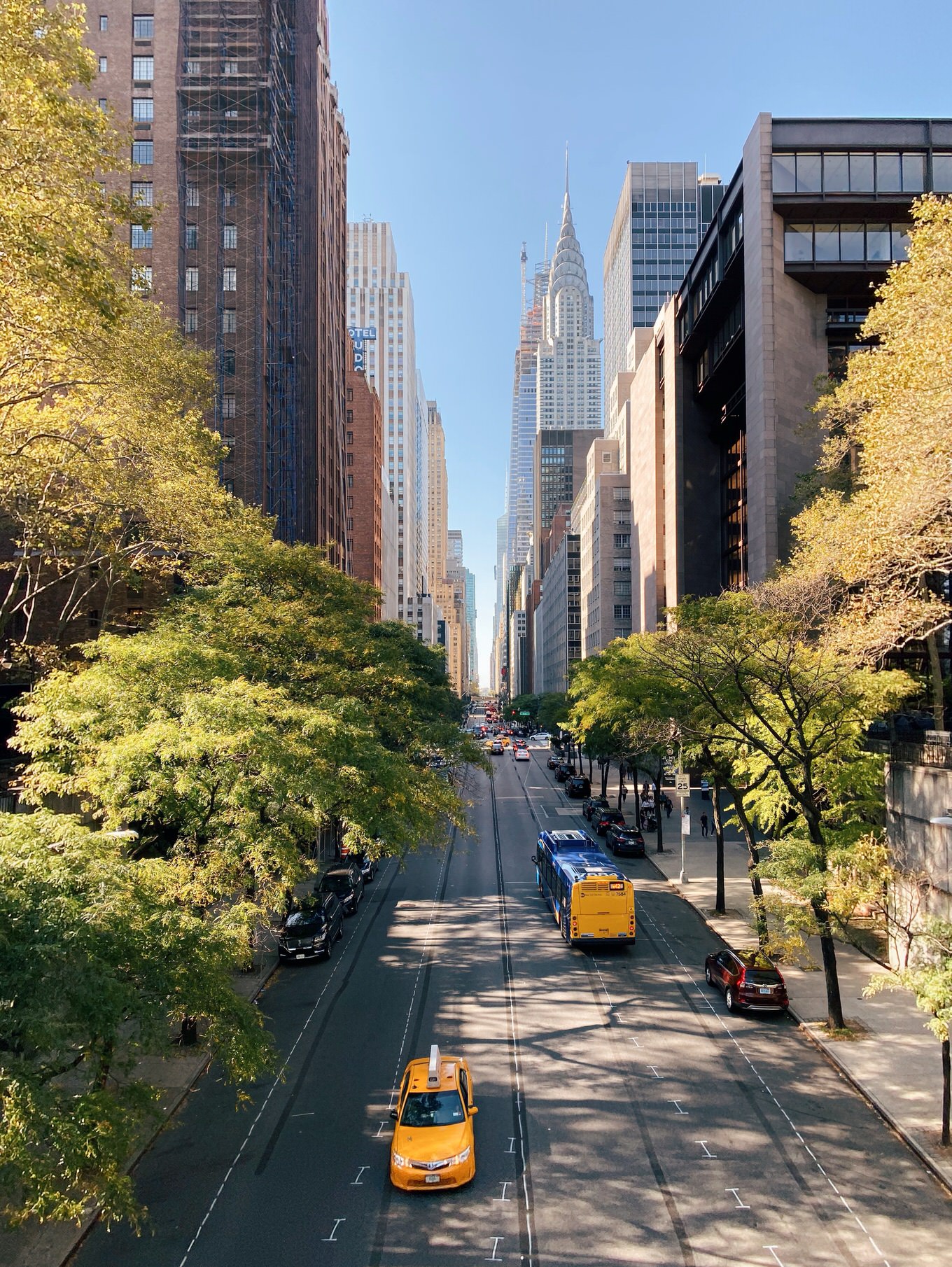
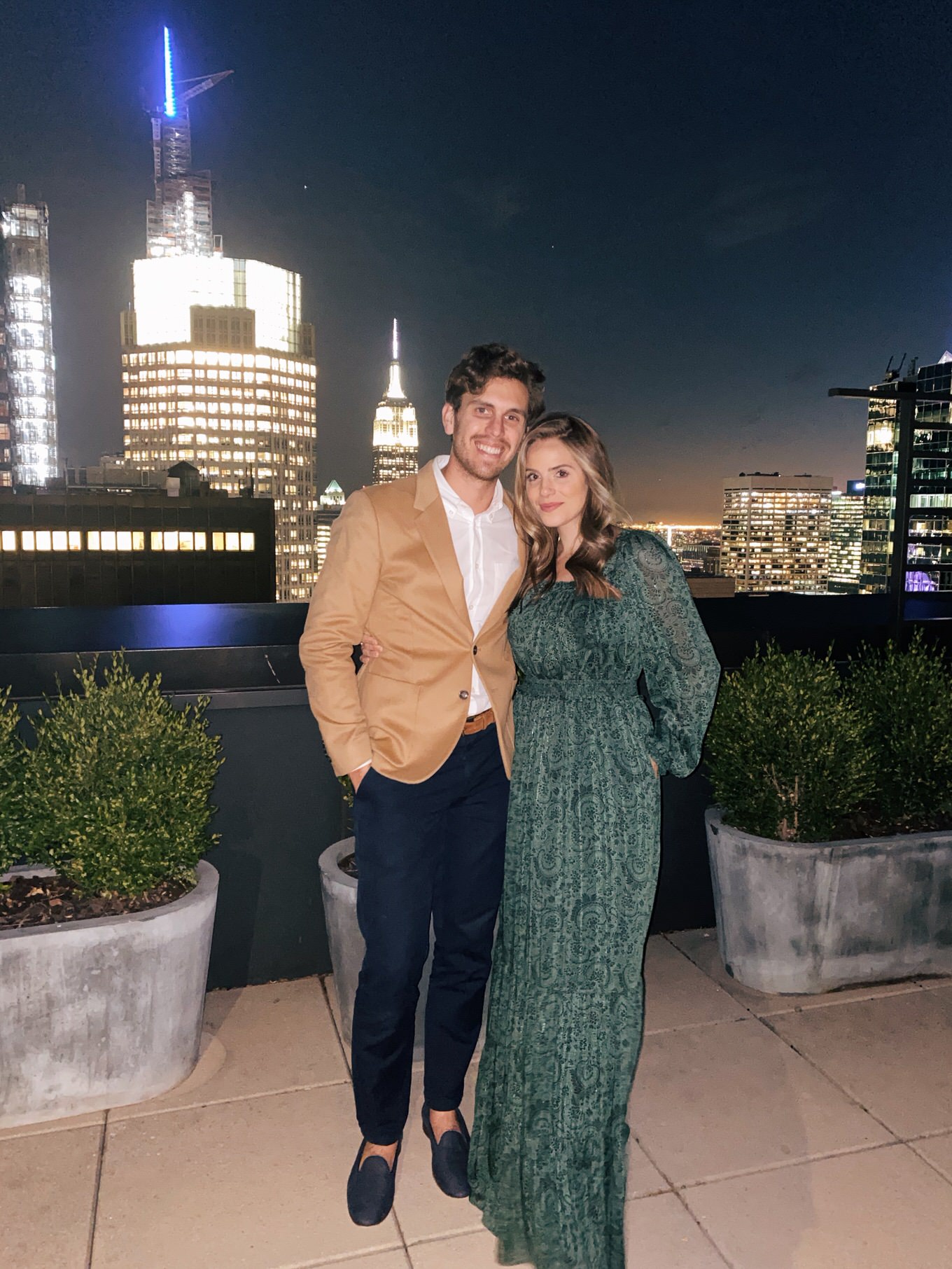
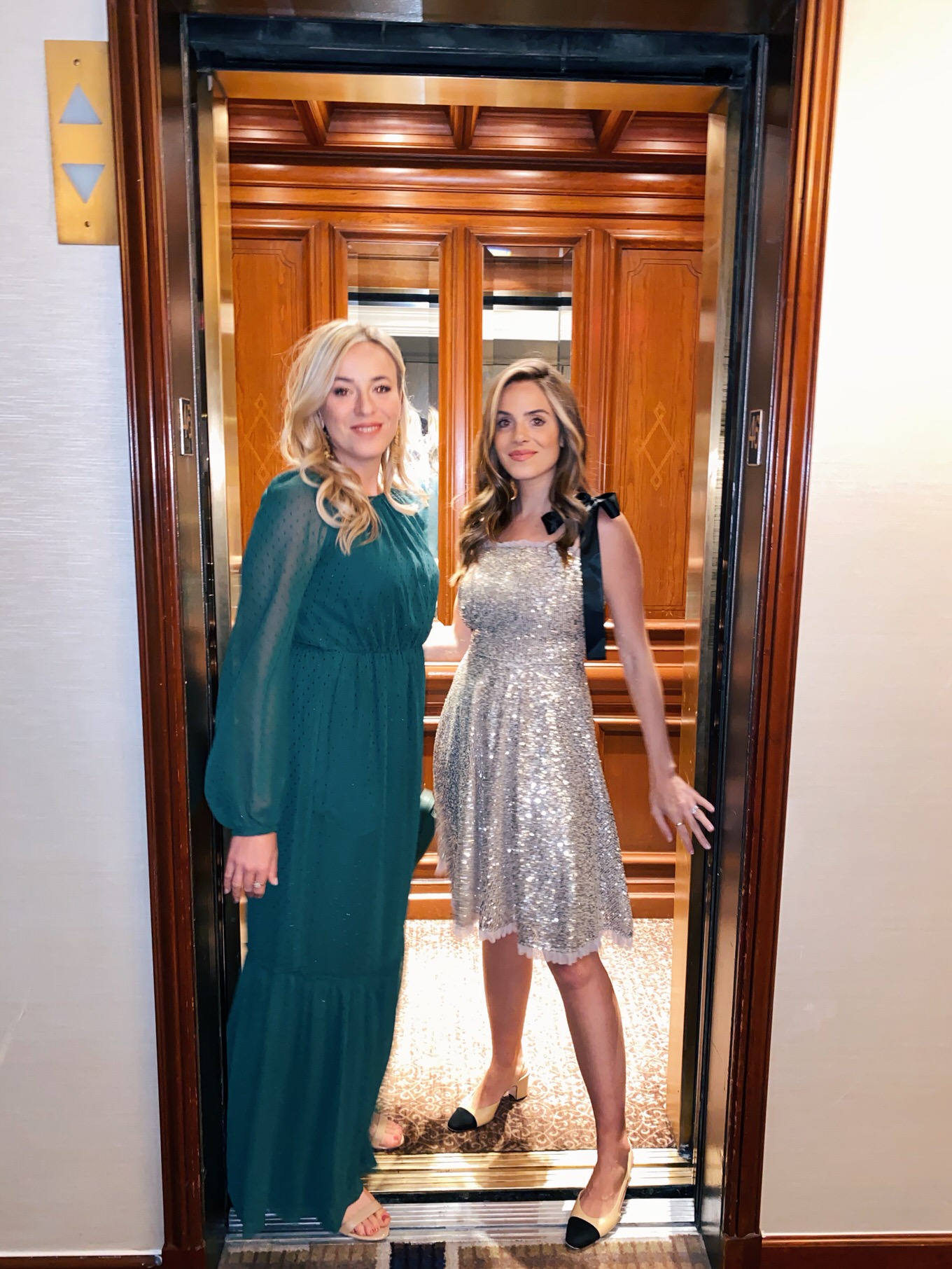
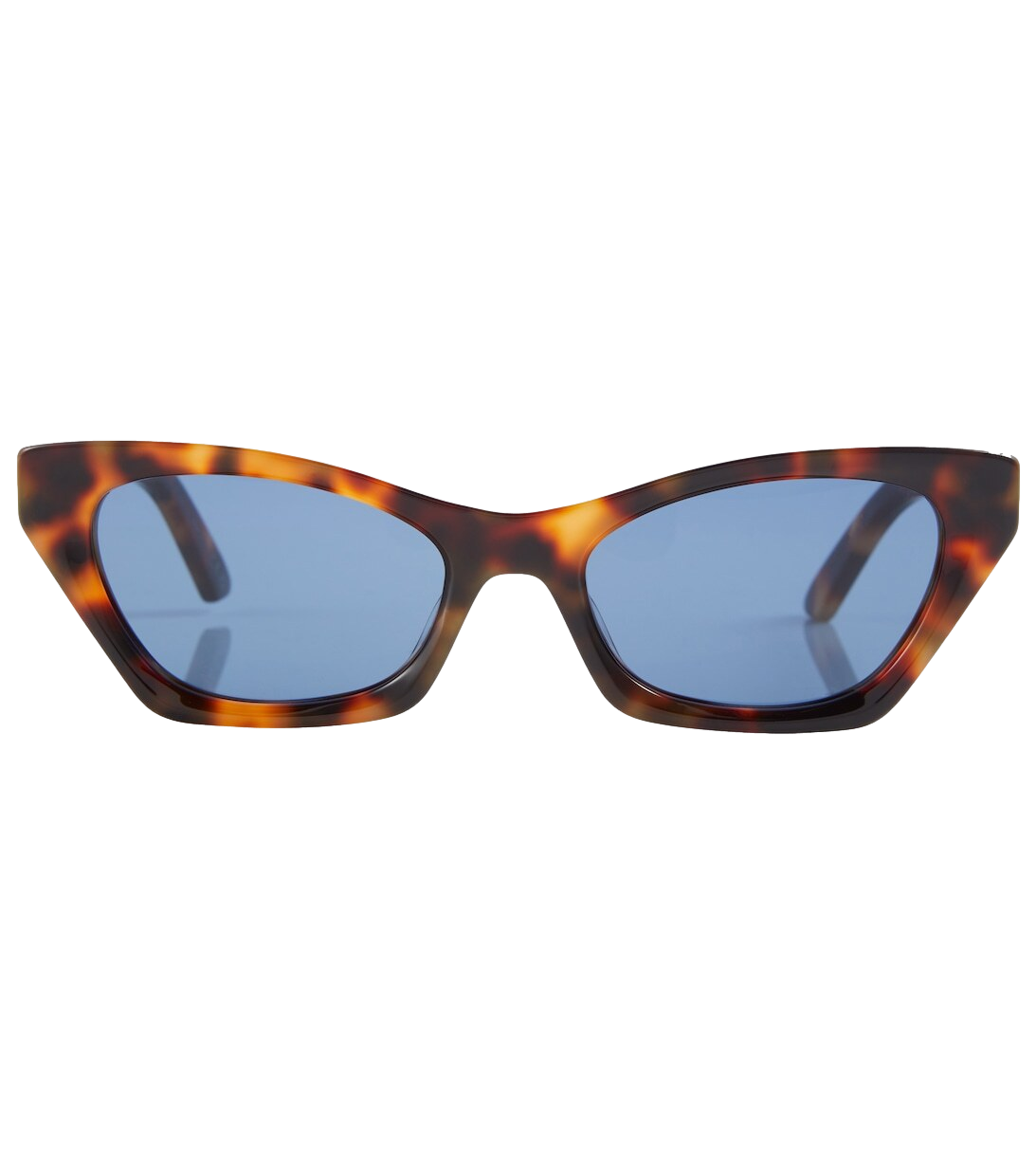
 We have reimagined our brand and blog for a better future. Stay in the know.
We have reimagined our brand and blog for a better future. Stay in the know.